Welcome to our guide on the latest trends in hair weaving for 2023! If you’re looking to elevate your style and transform your hair, then you’re in the right place. Hair weaves have become increasingly popular as they offer endless possibilities for adding length, volume, and texture to your natural hair. Whether you’re seeking a dramatic change or a subtle enhancement, there are various types of hair weave options available to suit your preferences and desired look. In this comprehensive guide, we will explore six of the most fashionable and versatile hair weave techniques that will allow you to experiment with different styles and unleash your creativity. From sew-in weaves to fusion weaves, we will delve into the details of each method, discussing their benefits, maintenance, and overall impact on your overall style. So, get ready to discover the world of hair weaving and unlock the potential to showcase your unique style and personality like never before in 2023.
What is hair weaving? Hair weaving, also known as hair integration or hair extensions, is a cosmetic procedure in which additional hair, either real or synthetic, is attached to the individual’s natural hair to enhance its length, volume, texture, or overall appearance. It involves integrating the additional hair strands with the existing hair to create a seamless blend. Hair weaving can be achieved through various techniques such as sewing, bonding, fusion, or using specialized clips or tapes. The process is typically performed by a professional stylist who selects the appropriate type and color of hair extensions to match the client’s natural hair and desired style. Hair weaving provides individuals with the flexibility to experiment with different hairstyles and achieve their desired hair goals.
Sew-in Weaves
Sew-in weaves, also referred to as track weaves, are intricate hairstyling techniques that are best executed by professional stylists at a salon. These weaves require time, precision, and expertise to achieve optimal results, usually taking around three to four hours to complete.
When it comes to sew-in weaves, a combination of real and synthetic hair can be used, providing a wide range of textures including straight, curly, and wavy options. The extensions are carefully sewn into tightly braided hair that is close to the scalp, ensuring a secure and natural-looking result.
One of the notable advantages of sew-in weaves is their ability to withstand physical activities such as exercising, dancing, and sports, as they stay firmly in place. This makes them a popular choice for individuals with active lifestyles. Additionally, sew-in weaves are relatively low-maintenance, requiring only a weekly or bi-weekly hair washing routine.
It’s important to note that sew-in weaves are typically recommended to be worn for a duration of six to eight weeks. After this period, keeping them in for a longer time can lead to hair damage, scalp issues like product and oil buildup, irritation, and even hair breakage. Therefore, it is essential to follow the recommended time frame and seek professional assistance for proper removal.
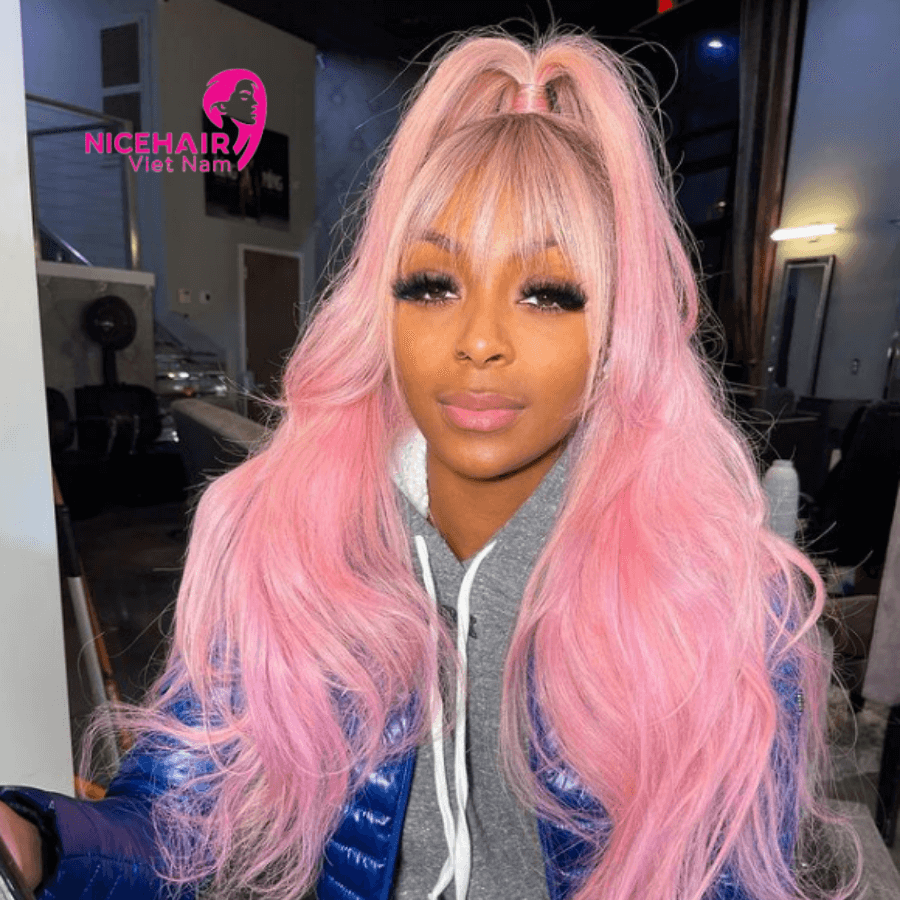
Fusion Waves
Fusion Waves, also referred to as fusion weaves, are a popular hair weaving technique where extensions are seamlessly blended with natural hair. This method can be achieved through two different approaches: hot fusion and cold fusion. Skill and expertise from a trained stylist are essential to ensure a flawless and neat outcome.
Unlike other types of weaves that rely on braids, wefts, tracks, or nets, Fusion Waves offer greater freedom in styling. With no visible attachments, such as braids or weft tracks, you have the flexibility to style your hair as desired without worrying about damaging the weave or compromising its longevity.
In the hot fusion method, keratin glue is used to bond the extensions with your natural hair. The stylist carefully melts the keratin base using a fusion hair iron set at a low temperature and wraps it around small sections of your hair. This secure bond allows for a long-lasting hold.
Hot fusion techniques generally provide a durable and reliable weave that can last up to six months with proper care and maintenance. However, it’s important to note that hot fusion may not be suitable for individuals with thin hair, as the weight of the glue and extensions can strain the natural hair, leading to breakage.
On the other hand, the cold fusion method involves the use of micro ring beads and a keratin-based polymer to attach the extensions to your natural hair. An ultrasound device and a hair extension plier are used to securely fix the micro ring beads in place. Cold fusion has gained popularity for being gentle on the hair and scalp compared to other methods.
Fusion Waves offer a versatile and long-lasting solution for enhancing your hairstyle, catering to various hair types and preferences. Whether you opt for hot fusion or cold fusion, it’s important to consult with a professional stylist to determine the best approach for your specific needs and desired outcome.
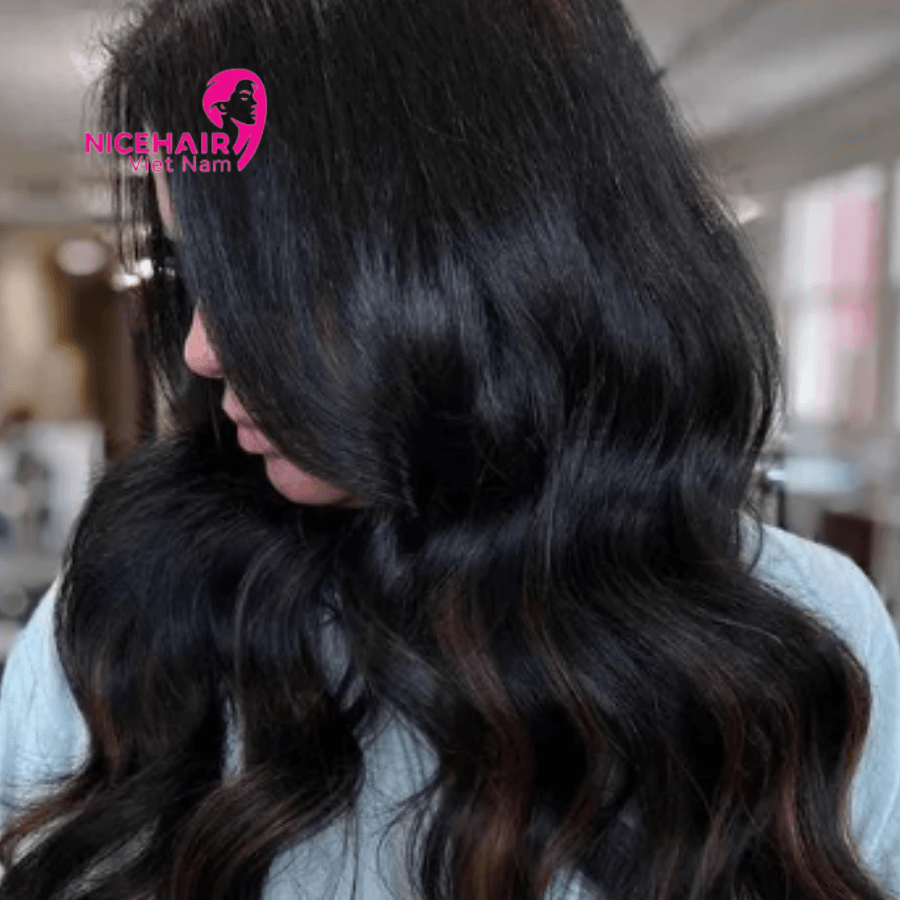
Glue In Weaves
Glue-In Weaves, as the name implies, involve the use of a specific type of adhesive to attach extensions to your natural hair. This method typically requires applying the adhesive onto the hair weft or tracks, followed by attaching it to either your own hair or a protective hair cap.
Glue-in weaves have gained popularity among individuals who prefer the convenience of weaving their own hair at home, as they are generally considered easier to work with compared to other weaving techniques.
One crucial aspect to keep in mind when using this weaving method is the quality of the glue being used. It is important to opt for a high-quality bond adhesive that is specifically formulated for hair weaving. This ensures a secure and long-lasting hold while minimizing the risk of scalp irritation or damage caused by harsh chemicals.
While the installation process of glue-in weaves is relatively straightforward, it is essential to approach the removal process with patience and caution. Improper removal techniques can potentially damage your natural hair and result in breakage. It is advisable to have a reliable glue remover product on hand to aid in the removal process and minimize any potential damage.
It’s worth noting that glue-in weaves typically have a shorter lifespan compared to other weaving methods and usually last for around two weeks. If you desire a longer-lasting option, exploring alternative types of weaves might be more suitable for your needs.
Glue-in weaves provide a convenient and efficient way to add volume and length to your hair. With proper care, maintenance, and patience, you can achieve a stunning hair transformation that enhances your overall appearance.
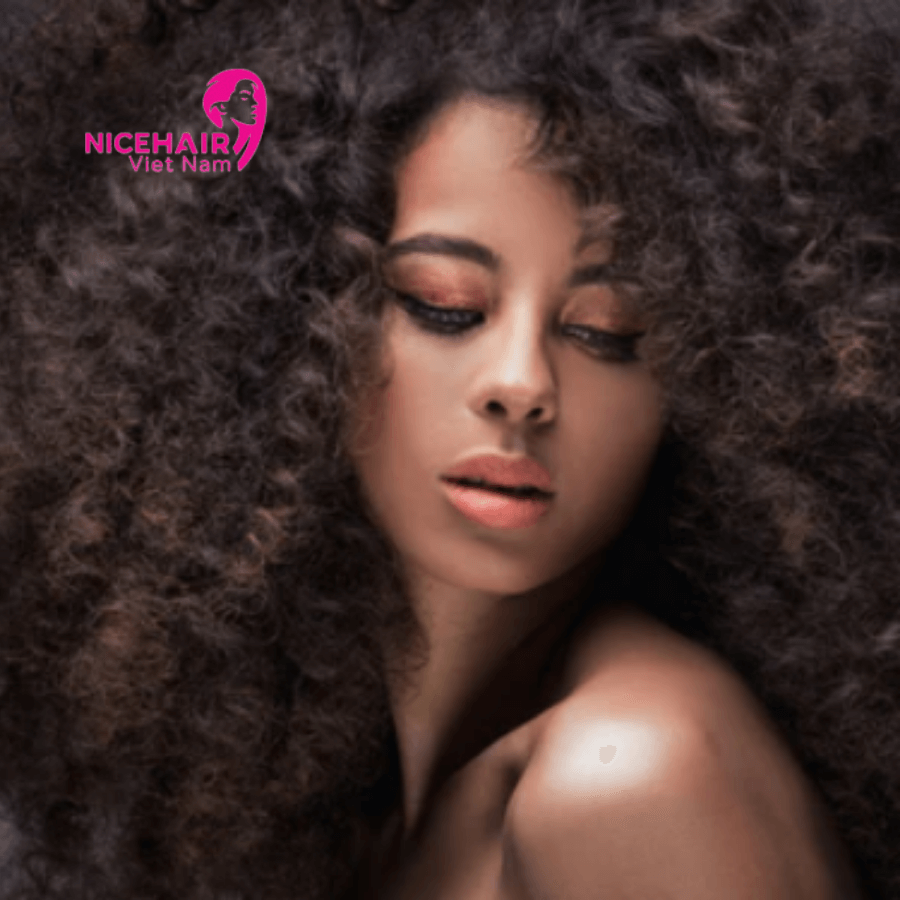
Drawstring Weaves
Drawstring Weaves have garnered significant attention and popularity, especially among celebrities like Ariana Grande, who have helped popularize this distinctive hairstyle.
This weaving technique offers a unique way to achieve the coveted long, sleek ponytail look. Unlike other methods, drawstring weaves do not require direct attachment to your scalp. Instead, they are designed to be attached to your existing hair as a temporary solution for enhancing volume and length.
Typically crafted from synthetic materials, drawstring weaves utilize hair combs and elastic drawstrings for attachment. The extensions are carefully secured using the combs and drawstrings, ensuring a snug fit. However, it is important to take precautions and ensure that the extension is tightly fastened to prevent it from loosening or detaching throughout the day.
One notable advantage of drawstring weaves is their relatively low risk of causing damage to your natural hair. Unlike more permanent weaving methods, these temporary attachments use less invasive techniques and materials that are less likely to harm your hair. This makes drawstring weaves an appealing option for those concerned about potential hair damage.
The ponytail or extension piece in drawstring weaves is typically designed with an integrated comb, which aids in affixing it securely to your natural hair. Additionally, a string is incorporated into the design to provide additional tightening and adjustment. You can simply wrap the string around the ponytail and discreetly hide it between the layers for a seamless and polished finish.
With their versatility and temporary nature, drawstring weaves offer an excellent way to experiment with different hairstyles and achieve a desired look without committing to long-term extensions. They provide an opportunity to effortlessly add volume and length to your hair, allowing you to switch up your style as desired.
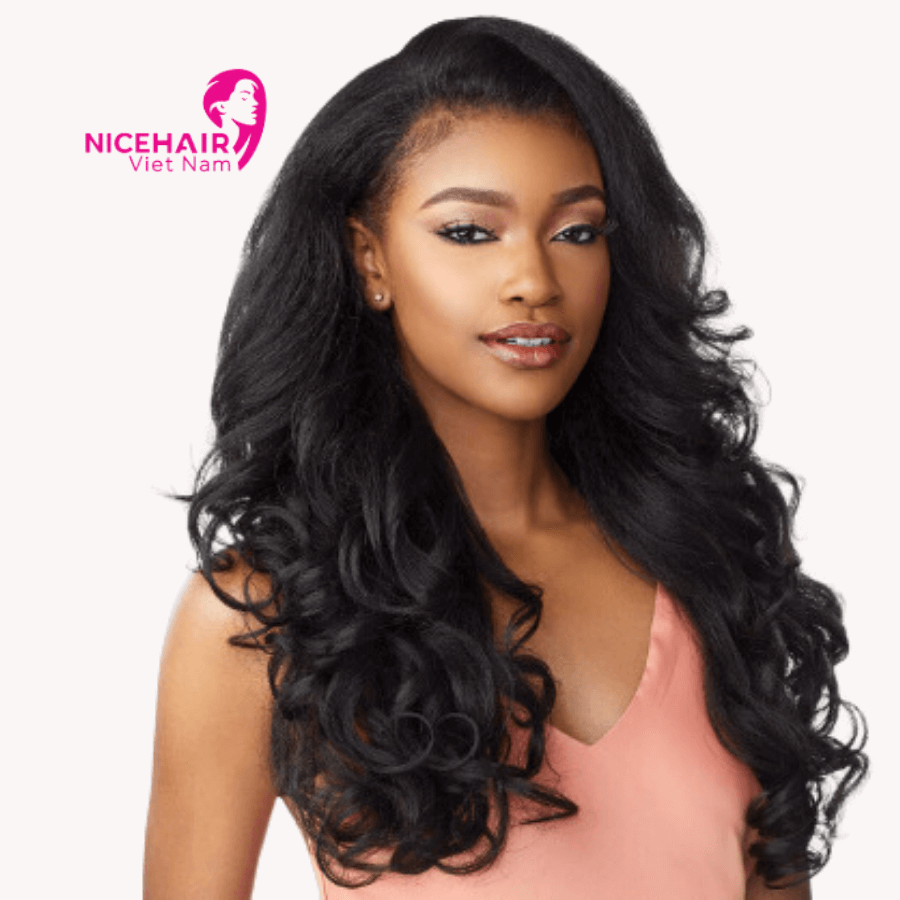
Interlocking Weaves
Interlocking Weaves offer a unique approach to hair extensions as they eliminate the need for tight braids, cornrows, or traditional sewing methods. While it is recommended to consult a professional stylist for interlocking weaves, it is also possible to achieve this style at home with practice and patience.
The key to a successful interlocking weave lies in seamlessly blending your natural hair with the extensions. A skilled stylist or experienced hairdresser can assist you in achieving a flawless and natural-looking result. The extensions are meticulously sewn onto a micro-thin weft, which allows for a seamless integration with your own hair, creating an undetectable appearance.
One of the remarkable advantages of interlocking weaves is their ability to provide a natural look that is often mistaken for one’s own hair. The micro-thin weft and precise installation technique make it challenging for others to discern whether you are wearing extensions or not. You can confidently run your fingers through your hair without worrying about catching on the weft or accidentally dislodging the extensions, offering a comfortable and seamless experience.
Furthermore, interlocking weaves are known for their durability and longevity. The tight and secure attachment method ensures that the extensions stay in place, making them ideal for individuals who lead active lifestyles or engage in physical activities such as workouts, sports, or dancing. With interlocking weaves, you can enjoy your favorite activities without concerns about the weave loosening or falling out.
Overall, interlocking weaves provide a versatile and long-lasting option for achieving the desired hair length and volume. Whether done by a professional or as a DIY project, these weaves offer a natural and secure solution that allows you to confidently embrace different hairstyles while maintaining a seamless and flawless appearance.
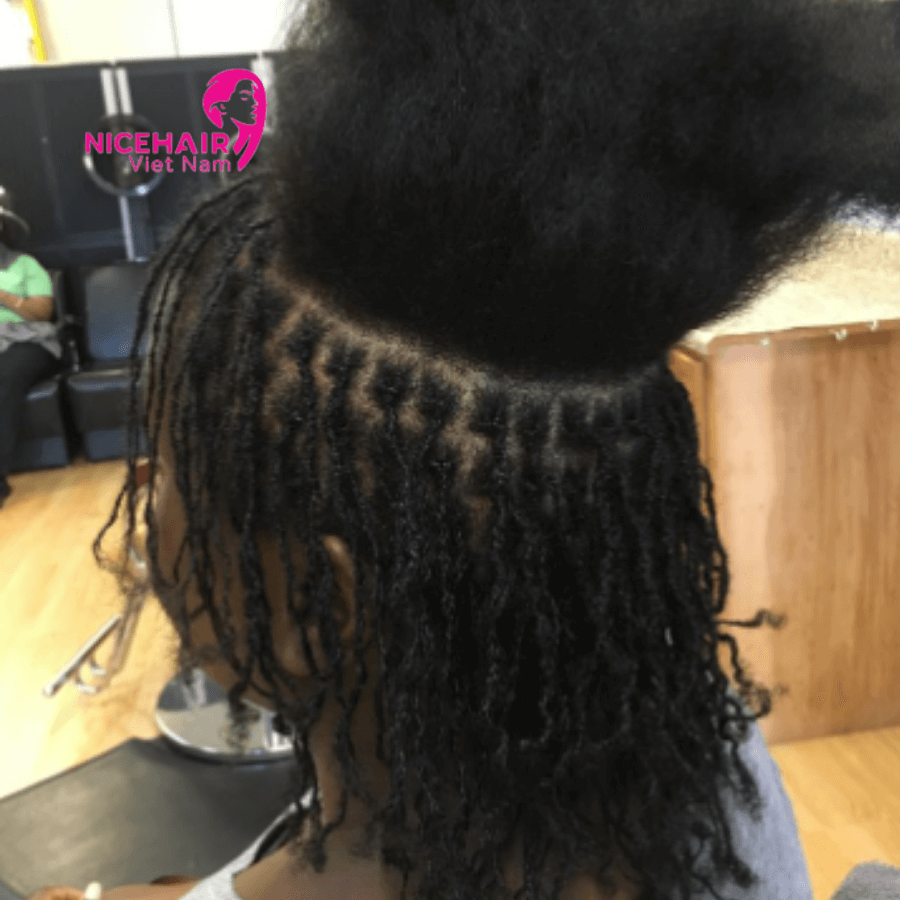
Lace Front Weaves
Lace Front Weaves are a popular choice for individuals seeking a natural-looking and versatile hair transformation. This type of weave features a hairpiece that resembles the scalp, allowing for a realistic appearance and effortless styling options. Unlike traditional sew-in weaves, lace front weaves are specifically designed to create a seamless hairline and offer limited parting options at the front.
Crafted using high-quality human hair, the weave is meticulously sewn onto the crown area, ensuring a secure and comfortable fit. The lace closure, which mimics the natural hairline, is carefully aligned to blend seamlessly with your own hair, resulting in a flawless and undetectable finish. Achieving a natural look with a lace front weave requires the expertise of a trained and experienced stylist or hairdresser who can ensure proper installation and a customized fit that suits your unique features.
It is crucial to emphasize the importance of correct installation to avoid potential issues such as hair loss or discomfort, particularly around the sensitive nape area. To maintain the longevity and natural appearance of your lace front weave, it is recommended to follow a diligent care routine that includes regular cleansing, conditioning, and moisturizing. Additionally, protecting the hair while sleeping and minimizing heat and styling tool usage can help preserve the weave’s integrity.
Compared to lace front wigs, lace front weaves offer a more cost-effective alternative while still providing a natural and realistic look. With proper care and maintenance, a lace front weave can typically last for several months, allowing you to enjoy a stunning and transformative hairstyle until your natural hair grows out.
Whether you desire a glamorous and voluminous hairstyle or a subtle enhancement to your existing look, lace front weaves offer versatility and confidence, enabling you to effortlessly embrace various hairstyles and creative expressions.
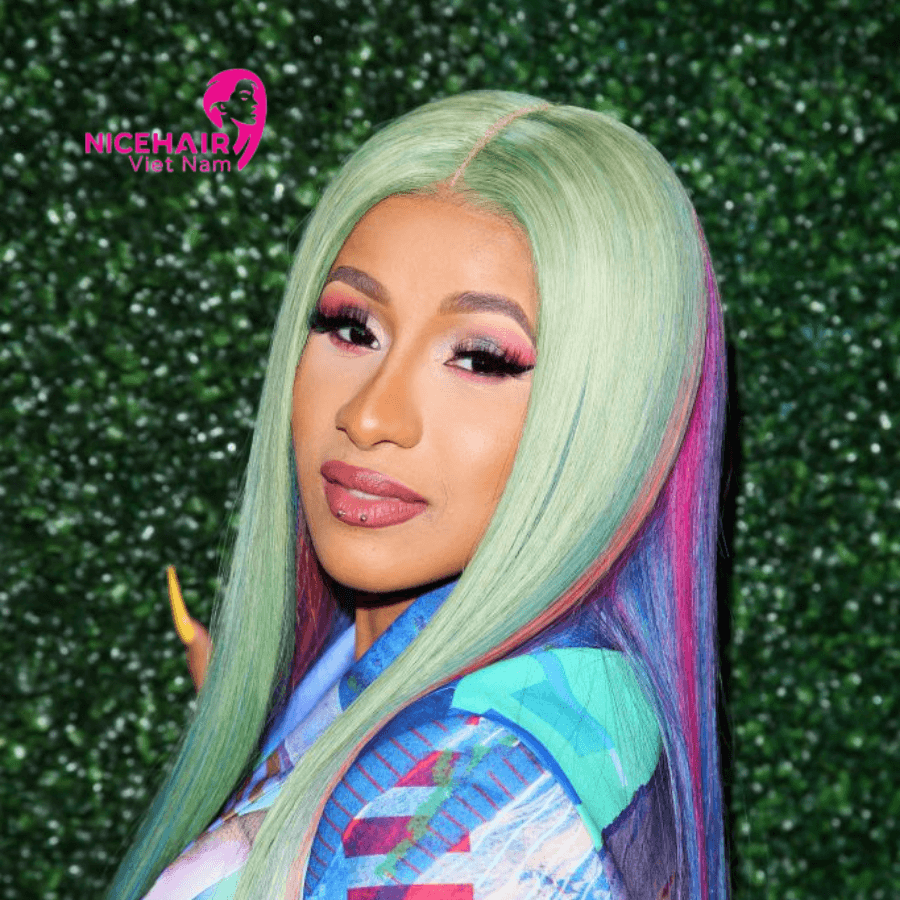
The ways to maintain weaves
Proper maintenance is crucial for maximizing the lifespan of your weaves while ensuring the health of your natural hair and scalp. Neglecting the necessary care can lead to issues such as excessive oil and product buildup, scalp irritation, hair breakage, and even infections. To keep your weaves in optimal condition, follow these comprehensive maintenance tips:
Cleansing
It is common for product residue and oil to accumulate on your hair with weaves. This can compromise hygiene and contribute to an unhealthy scalp. Regularly cleanse your weaves to remove impurities and maintain a clean and refreshed scalp. Use a gentle shampoo and massage it into your scalp, ensuring to rinse thoroughly to eliminate all traces of product.
Hydration
Weaves, especially synthetic ones, can become dry and prone to tangling over time. To combat this, use a moisturizing conditioner designed specifically for weaves. Apply it generously to your hair, focusing on the mid-lengths and ends. For added hydration, consider using a leave-in conditioner or a lightweight oil to keep your weaves nourished and supple.
Gentle Detangling
Tangles are common with weaves, so it’s important to handle your hair with care to prevent breakage. Start by using your fingers or a wide-toothed comb to gently detangle any knots, starting from the ends and working your way up. Take your time and be patient, avoiding any harsh pulling or tugging that could damage the hair or cause stress on your scalp.
Scalp Care
While weaves provide added volume and length, it’s crucial not to neglect your scalp. Keep your scalp clean and healthy by gently massaging it with your fingertips while washing. Avoid excessive scratching or using sharp objects that could damage the weave or irritate your scalp. If you experience any discomfort or itchiness, consider using a soothing scalp treatment or seeking advice from a professional.
Regular Maintenance
Schedule regular visits to your stylist for maintenance and upkeep of your weaves. This includes repositioning or tightening the weave if necessary, as well as addressing any potential issues or concerns. Your stylist can also provide professional advice on caring for your specific type of weave and offer personalized recommendations based on your hair’s needs.
Remember, proper maintenance is essential to ensure the longevity of your weaves and the health of your natural hair. By following these comprehensive care guidelines, you can enjoy beautiful, well-maintained weaves while keeping your hair and scalp in optimal condition.
View more: The Rice Water Trend: Is It Worth the Hype for Your Hair?
Side Effects of Hair Weaving
While hair weaving can be a popular and transformative choice for many individuals, it is important to be aware of the potential side effects and considerations associated with this procedure. Here are some key concerns that you should take into account when considering hair weaving:
Visibility of Attachment Points
If the hair weaving process is not executed properly or if you have thin hair, the attachment points or bands of the weaves may be noticeable. This can create an unnatural appearance and make individuals feel self-conscious about their hair.
Traction Alopecia
Hair weaving involves the pulling and tugging of the natural hair at the roots during the application process. This continuous tension and friction can lead to a condition called traction alopecia, which is characterized by hair loss in the areas where the weaves are attached. It is essential to ensure that the weaves are not excessively tight and to give your hair regular breaks from wearing them to prevent this condition.
Difficulty in Cleaning
Unlike wigs that can be easily removed for cleaning, weaves are a more permanent attachment. This can make it challenging to thoroughly clean both the scalp and the weave itself. Accumulation of hair products, oils, and dirt can lead to scalp issues such as dandruff, folliculitis (inflammation of the hair follicles), and bacterial or fungal infections. It is crucial to establish a proper cleansing routine and maintain good scalp hygiene to minimize these risks.
Hair Damage and Breakage
Improper installation, excessive tension, or using low-quality hair extensions can cause damage to your natural hair. The constant weight and strain of the weaves can weaken the hair shafts, leading to breakage, thinning, and even irreversible damage if not addressed appropriately. It is essential to work with a skilled and experienced stylist who understands the proper techniques for installing and maintaining weaves.
Allergic Reactions
Some individuals may experience allergic reactions to the adhesives, glues, or chemicals used during the hair weaving process. It is important to do a patch test beforehand to check for any adverse reactions and to communicate any known allergies or sensitivities to your stylist.
Before deciding to get hair weaves, it is recommended to consult with a professional stylist who can assess your hair type, condition, and suitability for the procedure. They can provide personalized advice and recommendations to minimize the potential side effects and ensure a successful weaving experience. Additionally, proper aftercare and regular maintenance of the weaves are crucial for preserving the health of your natural hair and scalp.
Summary
In conclusion, the world of hair weaving offers a plethora of options to enhance your style and transform your hair in 2023. Whether you’re looking to add length, volume, or texture, there are various techniques available to suit your preferences and desired look. From sew-in weaves to fusion waves, glue-in weaves to lace front weaves, drawstring weaves to interlocking weaves, each method brings its own unique benefits and allows for endless possibilities in hairstyling.
It’s important to remember that while hair weaving can be a fantastic way to experiment with different styles and elevate your overall look, proper maintenance and care are key to ensuring the longevity and health of both your natural hair and the extensions. Regular cleansing, moisturizing, and grooming, as well as gentle handling and removal of tangles, will help maintain the integrity of your weaves and prevent potential issues.
With the right technique, professional guidance, and a touch of creativity, you can achieve stunning results and unleash your true style potential. Whether you’re going for a natural, seamless blend or a bold, head-turning statement, the choice is yours.
So, embrace the world of hair weaving and explore the endless possibilities it offers. With the six types of hair weave options discussed in this guide, you have the tools to transform your hair and express your individuality in the most fashionable and trendy way. Step into 2023 with confidence, and let your hair weave become a true reflection of your unique style and personality.

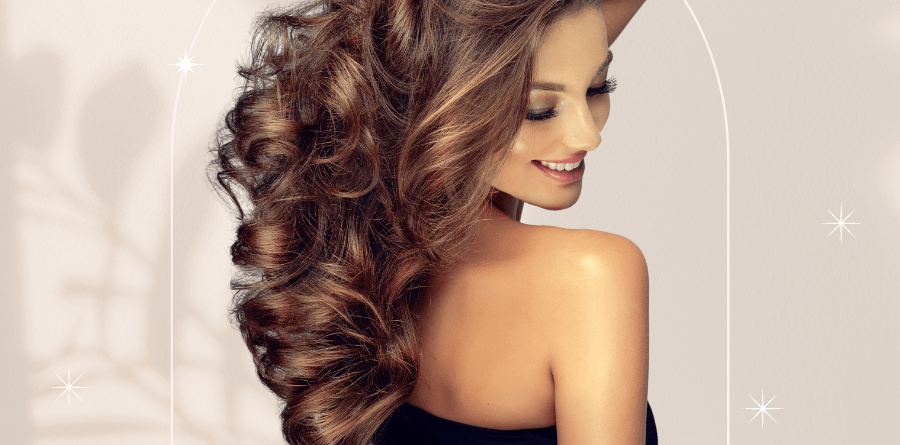
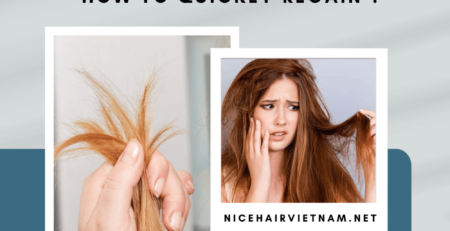

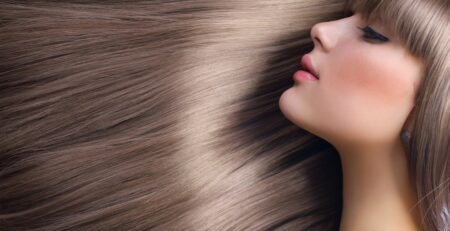
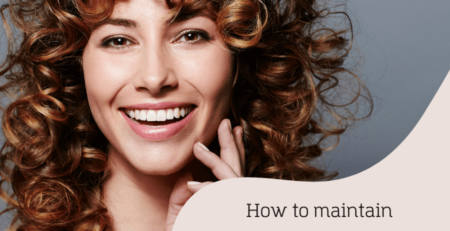
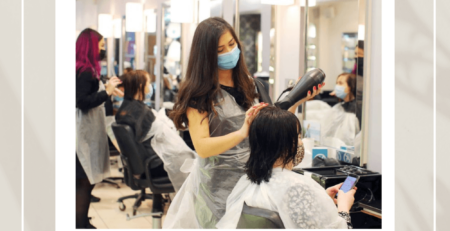
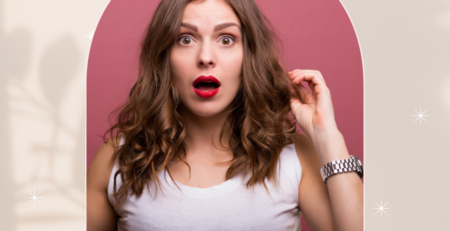
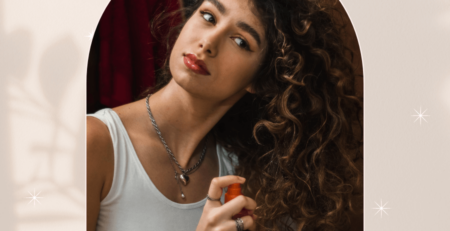
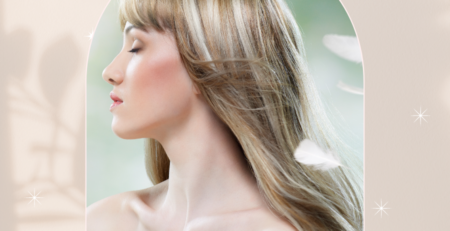
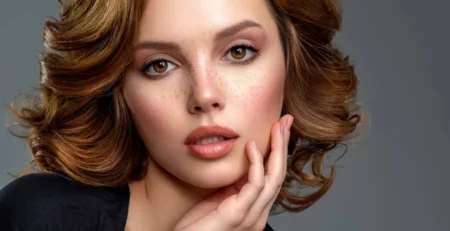
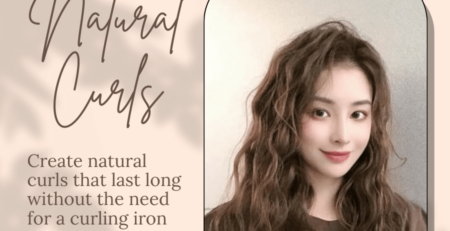
Leave a Reply